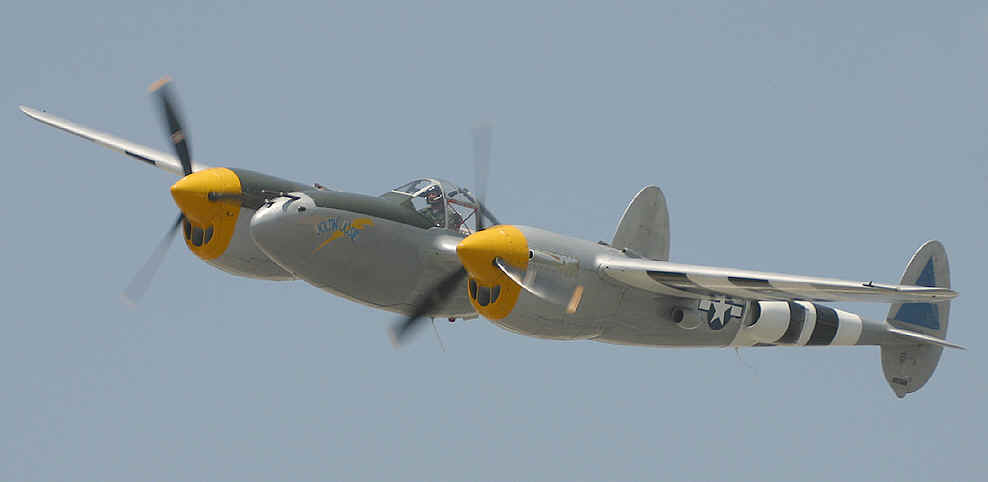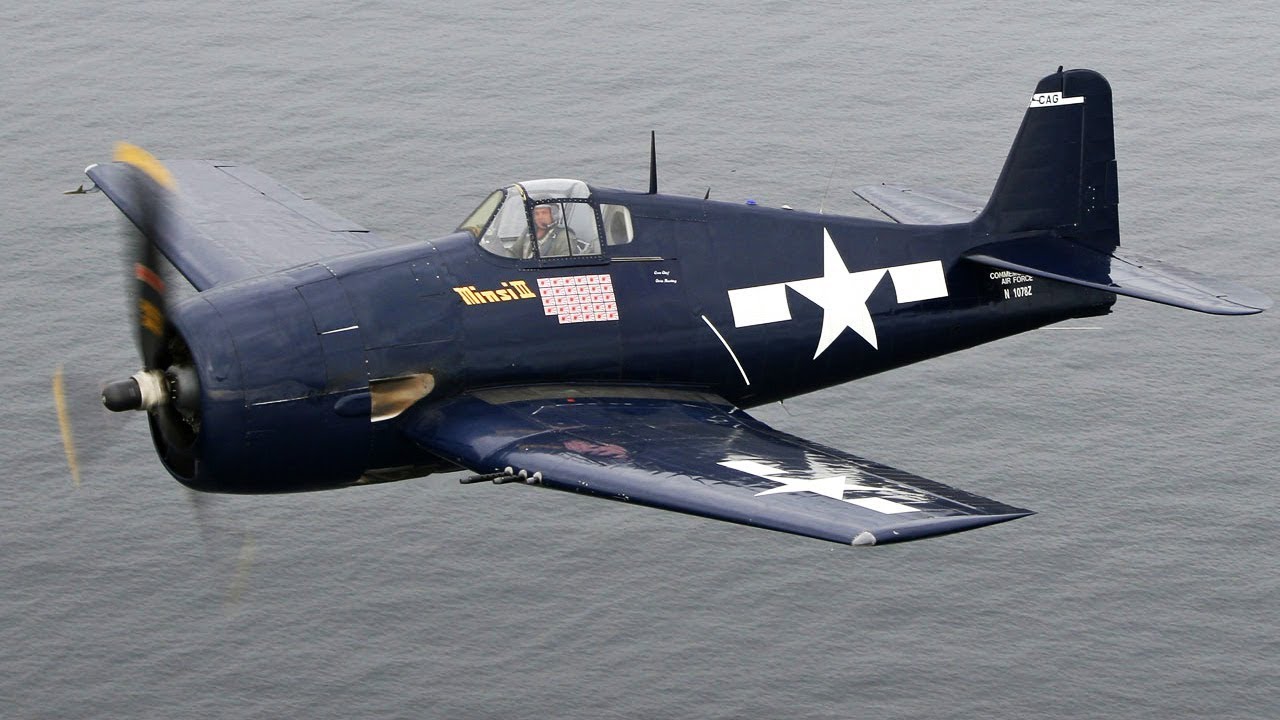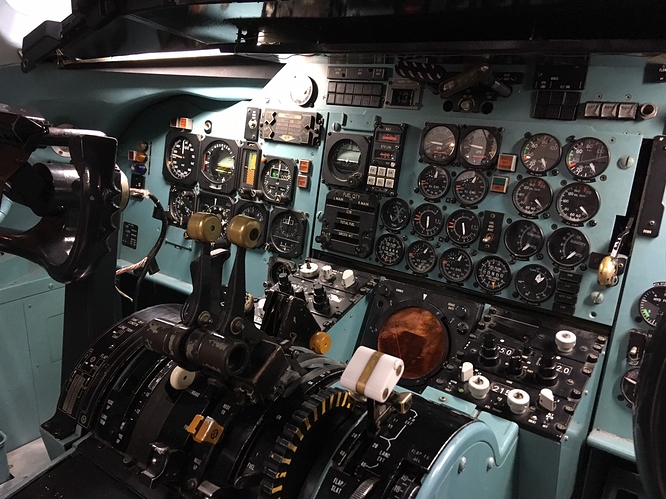Absolute units
The Lightning was a no-doubt great plane, but it didn’t have to take off from and land on carriers. So it didn’t need the ruggedness of the Grumman barrels. Behold the conqueror of the Zero:
The Hellcat, I presume? Way back in the day ('91 or so), I played a flight sim on the Mac called Hellcats over the Pacific*. Fond memories.
*By the same devs who later made Fighter Squadron: Screaming Demons over Europe.
Yep, the F6F Hellcat, the successor to F4F Wildcat in my original post. The plane in scharmers’ post is the Hellcat’s successor, the F8F Bearcat, which, according to may aviation aficionados, was the highest development of the piston-engined fighter. It never achieved the glory of the Wildcat or Hellcat, because it appeared just a little too late for WWII and at the dawn of the jet age. Highly modified versions, however, have enjoyed great success as unlimited air racers:
My wife went to the open part of her local airport.
View on a 767’s ass.
She took this picture from a late 70s/early 80s cockpit, but don’t remember the model of the plane. If any expert eye can help.
Why did they make the plane so ugly?
You’re ugly.
Beauty is in the eye of the beholder. The F6-F is a brute. Largest engine on the smallest most compact airframe possible. Of course that is true for almost any fighter, but having to be on carriers made the compactness required even greater.
I find it beautiful in a tough, utilitarian way. It’s a blue collar plane if there ever was one.
Re. The mystery cockpit of @Left_Empty, that looks a lat like Russia cockpit blue, but the instruments are western…I see two engines, a primitive weather radar… perhaps that An-12 Hollywood uses when they cant pay for a C-130? its a DC-9.
Probably slightly older model in @Left_Emptys pic, hence the differences in configuration.
Ha ha, thanks! If you had ever told kid-me, back then, I would be drooling over a DC-9’s panel one day.
My favourite plane as a kid:
I built many, many 1:32 and 1:48 scale models of those things.
(Same engine as the Hellcat)
Yeah, the Corsair was hot looking. Of course, in profile at least, nothing beat the bad guys’ Bf-109. Sexy as hell.
The main reason the Bf-109 (and the Spitfire and the Mustang) were better looking was their liquid-cooled, in-line engines. That allowed for a long, slender, sexy nose. Right through the end of the piston-engine age, the U.S. Navy insisted on air-cooled radial engines. More rugged, easier to maintain in the challenging conditions at sea, and, as schurem noted, more compact. That type of engine, however, necessitates a round, open nose on the plane, which no matter what you do with the rest of the plane, just isn’t going to look as good.
Now see, that is a good looking airplane.
The F-14 was very large. Probably one of the largest fighters the US ever built.
Well the Jet Age and missiles changed the equation a bit.
The WWII carriers were much smaller than a modern Nimitz class carrier, but in terms of total number of aircraft, carried many more. A typical WWII carrier air group consisted of about 90 airplanes, whereas a modern air group has about 60. So there was a lot more room on that spacious deck for the big Tomcat.
Also, one tomcat carried up to six phoenix missiles, meaning it could murder at least three bombers at a PK of 0.6ish. A Hellcat needed a whole lot of bullets to get a kill, so more were needed. In a sense when it comes to the numbers game, you can count one tomcat for at least four hellcats.
Neat!
This. Firing up to 6 missiles with 100 mile range is a big advantage over slowly flying out there to shoot something with your guns.
Also the Tomcat probably has an couple Aegis for backup as well.








